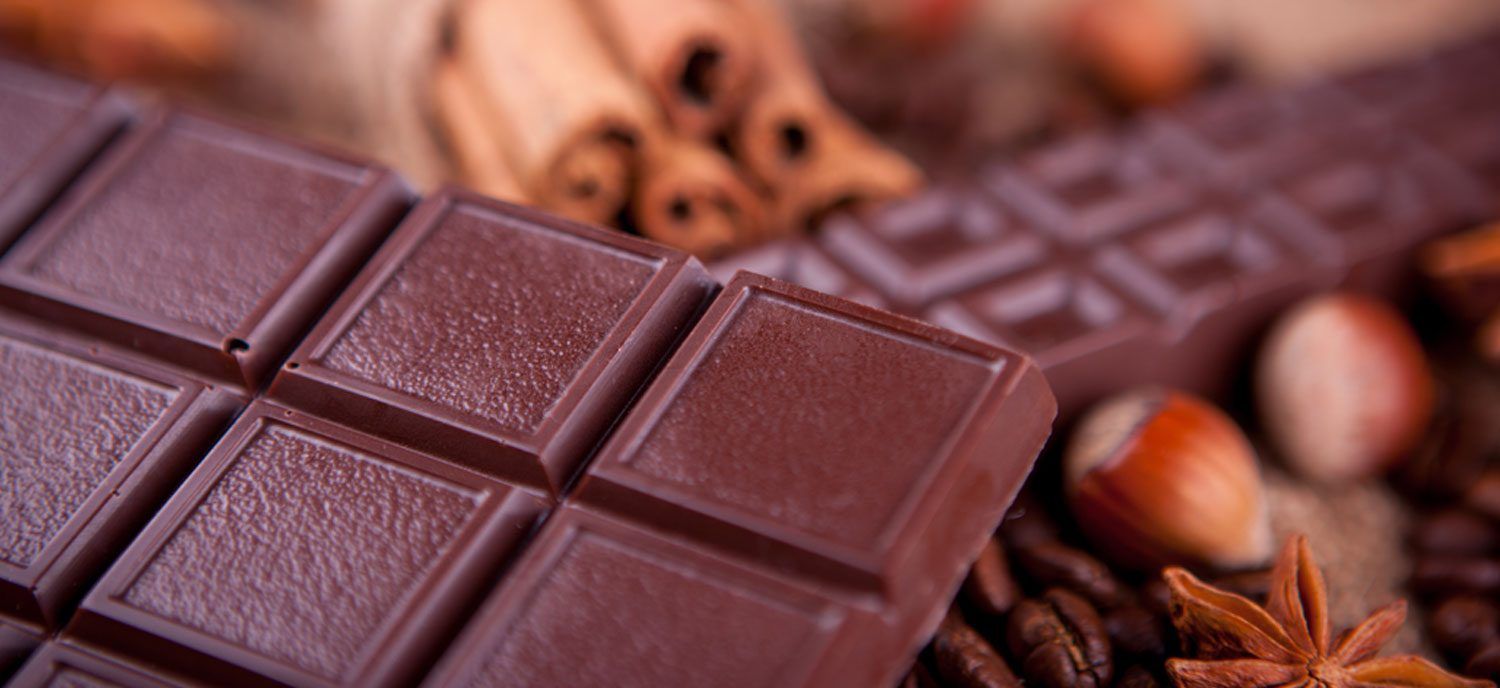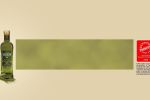22 April 2015
It’s one of those things that almost everyone without exception likes. Whether it be praline, a bar or ice cream, chocolate manages to delight whatever form it takes and whatever the occasion. And above all, it’s another great example of blending.
But what exactly do we mean by chocolate? According to current laws, it is a product consisting of cocoa solids, fat-free cocoa, cocoa powder, sucrose and cocoa butter. And this leads to another fundamental question: what is cocoa?
The cocoa plant, scientific name “Theobroma cacao” (where Theobroma literally means “food of the gods”), is a perennial plant which grows in tropical regions. It’s colour may change, going from yellow to ochre and then to red. There are three varieties of cocoa: Criollo, originating from Mexico, delicate and very rare (with lower yields); Forastero, typical of the Upper Amazon, with an acidic and particularly bitter taste; finally, Trinitario, which is halfway between the first two types. Then there are various hybrid varieties, which differ in terms of characteristics, flavour, smell and colour. Just like coffee, normally only one quality of cocoa can’t produce a truly excellent product: only the expert blend of different qualities can give rise to an excellent final result on the palate.
The blends making the most common types of chocolate differ from one another, as you might guess, above all in the percentage of cocoa they contain. Basic chocolate, for example, must contain at least 35% cocoa. Dark chocolate must contain not less than 45%. In milk chocolate, the milk solids must be at least 14%, while the cocoa solids must be at least 25%. In extra dark chocolate, the quantity of cocoa can even exceed 70% of the weight. On the other hand, white chocolate is different, which in reality is not made with cocoa, but rather with milk, sucrose and cocoa butter (without colouring agents as many think).
As with olive oil, wine, whisky or tea, it is not straightforward to understand what quantity of ingredients will give the best balance of flavour. And if blending is not done “expertly”, even the delicious flavour of chocolate can be compromised.






